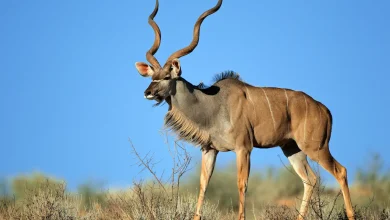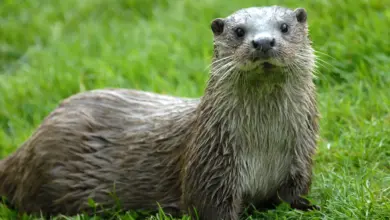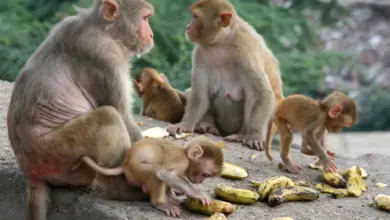What Eats Rabbits? What Do Rabbits Eat?
As prolific breeders that can rapidly dominate ecosystems, rabbits sustain a diversity of predators that keep them in check. From patient lurkers to ruthless raptors, rabbits fall prey to various hunting strategies and adaptations for catching these common mammals.
In this article, we will explore 6 major rabbit predators: foxes, hawks, coyotes, bobcats, and snakes. It details how they successfully hunt the seemingly abundant lagomorphs.
Foxes
Foxes like red foxes, kit foxes, and gray foxes frequently prey on rabbits, which can comprise over one-third of their diet.
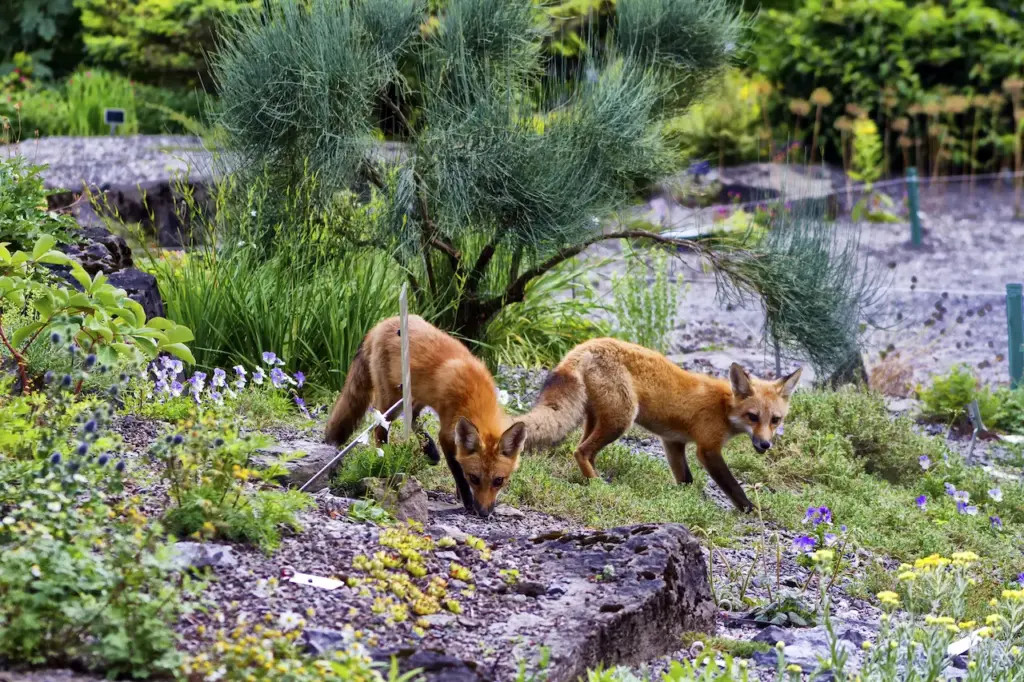
As opportunistic predators that hunt a variety of small animals, foxes use stealthy stalking techniques to follow the trails and tracks of rabbits across grasslands, farms, forests, and deserts.
Bat-like radar dish ears with keen hearing give them an advantage in detecting hidden rabbits. Foxes often find hiding rabbits by honing in on movements brushing against dried grasses and leaves.
To ambush discovered rabbits, foxes utilize short, rapid chasing bursts rather than long pursuit. By sneaking relatively close, foxes can rush rabbits from hiding before they fully flee.
Their vertical leaping pounce enables grabbing scurrying rabbits and delivering lethal neck bites. Some foxes even cache uneaten carcasses underground for later.
As bold scavengers constantly explore territories nightly for food, foxes eagerly seize opportunities to prey on slower juvenile or injured rabbits unable to escape initial surprise attacks even if healthy adults normally outrun them.
Hawks
Different hawks specialize in hunting rabbits with speed, stealth, and precision strikes from above. Sharp-shinned hawks, red-tailed hawks, ferruginous hawks, and eagles all opportunistically prey on both wild and domesticated rabbits in addition to favored avian prey.
These skillful aerial tacticians remain ever-alert for rodent movements while soaring high above grasslands and farms. Once spotted, they swoop with deadly accuracy to snatch up scrambling rabbits.
Ferruginous hawks, which frequent America’s open western regions, show a particular penchant and adaptations for feasting on rabbits.
They possess specialized leg feathers extending to toe talons, which likely help them stealthily approach mammalian prey like rabbits and prairie dogs across barren landscapes before powerfully launching skyward attacks.
Because rabbits can detect avian threats better peripherally, these hawks initiate stooping dives right from behind to strike just as rabbits finally detect incoming danger, avoiding too much warning for prey.
Different species showcase clever hunting strategies, allowing them access to this common mammalian food source.
While hawks focus more on abundant avian feed like rodents, opportunistic raptors maximize hunting success by exploiting readily available nutrients.
Their precise execution and element of surprise make it possible to overcome rabbits’ speedy evasion defenses against even these formidable feathered hunters.
By ambushing rabbits when other prey proves scarce across seasonal hunting grounds, hawks illustrate flexibility in securing meals from diverse food sources.
Coyotes
As intelligent pack hunters, coyotes utilize collaborative efforts to corner and physically overwhelm individual rabbits. Coyotes primarily target rodents and carrion but incorporate rabbits for supplemental nourishment, needing their speed and fat reserves.
Hunts often involve surprising bedded rabbits and initiating rapid nonlinear chases to wear them down for the final takedown. High-pitched yipping calls signal other pack mates to join during prolonged pursuits until exhausted rabbits cannot evade the relentless canids.
Larger jackrabbits actually compete directly with coyotes as fellow mammalian carnivores, preying on rodents and other small game. Consequently, coyotes aggressively target any hares infringing on hunting territories.
Coyotes may benefit from reducing local rabbit numbers since these omnivorous grazers also compete for vegetation food sources. Through group strategy, savage aggression, and persistent attacks, coyotes prevail, dispatching and consuming well-matched rabbit prey.
Their ruthless hunting makes them important regulating influences, keeping fast-breeding rabbit populations controlled.
Bobcats
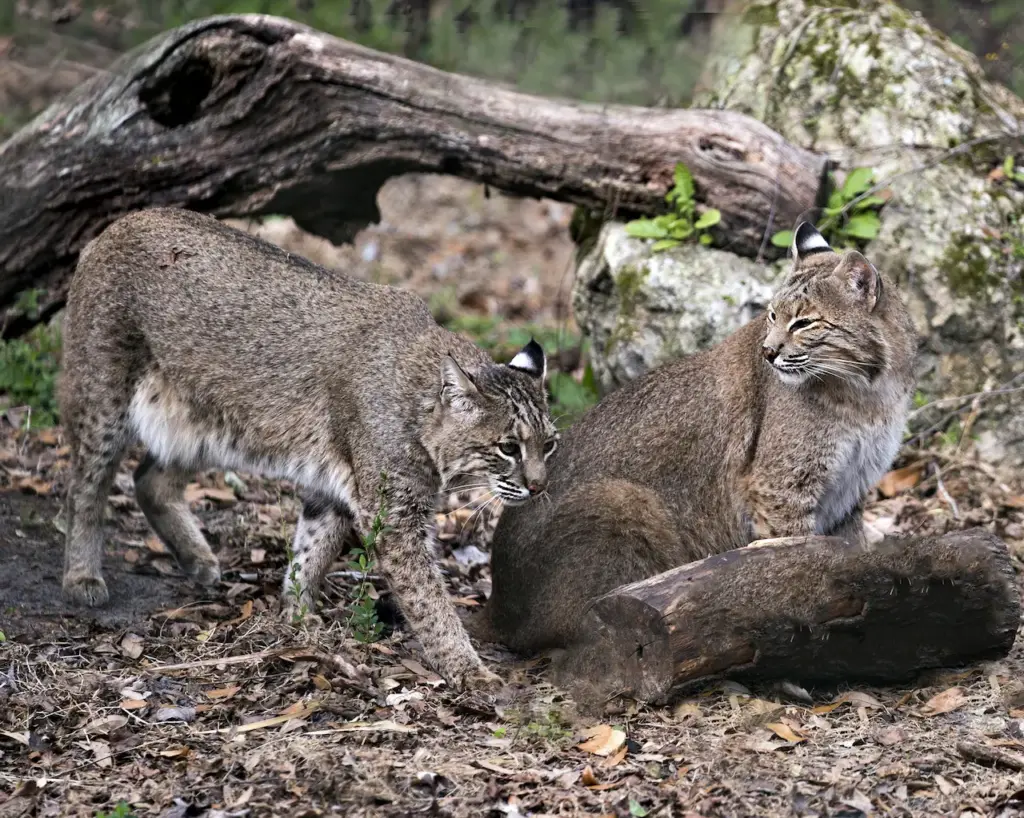
The elusive wild felines remain perfectly designed for capturing rabbits, with camouflage markings that blend into rocky slopes and wooded regions inhabited by rabbits.
Bobcats ambush prey instead of relying on speedy chases, meaning rabbits cannot rely on eluding initial attack bursts.
Their tremendous hind limb strength propels vertical leaps atop ledges, giving them an extra advantage, surprising concealed rabbits tucked in crevices. Once within striking range, bobcats grab rabbits with sharp claws and deliver lethal bites.
Though bobcats do not pursue domestic rabbits due to avoidance of human activity regions, wild rabbits and jackrabbits comprise over half of their documented dietary intake across studies.
Compared to secondary prey like rodents and birds taken more opportunistically, rabbits feature prominently sustaining these felines.
Evidence shows bobcats actively hunt prime rabbit habitats like forest fringes and remain capable population regulators even against these notoriously prolific breeders.
Snakes
Various large constricting snake species, like rat snakes, regularly prey on rabbits, especially vulnerable young kits, to satisfy meat nutritional needs critical for building energy stores and reproduction.
Though rabbits seem unlikely victims given snakes lack limbs, lightning-quick ambush attacks followed by tightly wound coils swiftly overpower frantically fleeing bunnies before they escape underground refuge.
Snakes strike mature rabbits directly, returning to burrow areas before they detect danger. Different snakes employ unique skills for rabbit predation – some rattle audible alarms panicking rabbits from cover, while excellent tree-climbers access high nest locations other predators cannot reach.
Constrictors strategically target rabbit habitats during seasons when kits or injured adults appear most vulnerable. Since they consume prey whole, snakes can ingest juvenile rabbits and ground-based nestlings more easily than wider terrestrial carnivores.
With patience, strength, and camouflage on their side, snakes supplement small mammal diets opportunistically, adding rabbits through precision timing and ambush strikes.
Raptors
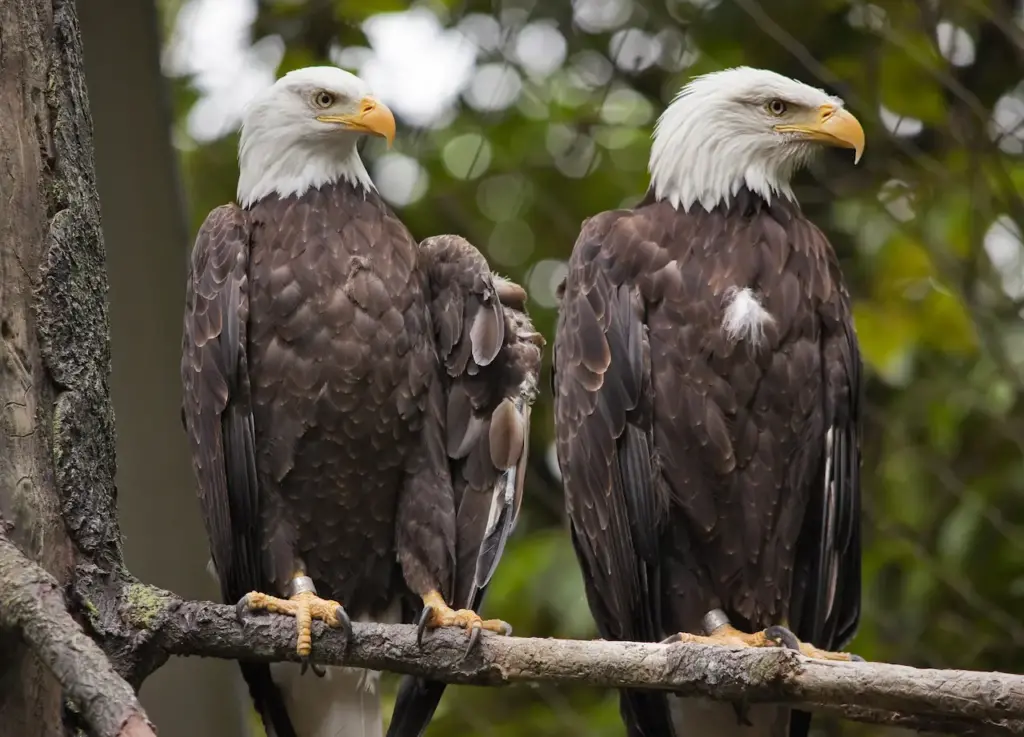
Aerial predators like eagles, hawks, and owls all swoop to strike unsuspecting rabbits once detected from high vantage points above. Vision up to 8 times sharper than humans facilitates spotting movements even from 500-foot altitudes soaring over open meadows and fields.
Hawks, like red-tails in particular, drive hidden rabbits and hares from brushy hideouts into the open for execution via razor talons.
Stealthy, great-horned owls utilize acute hearing and are sensitively tuned to rabbit footsteps, brushing dry winter grass and debris while gliding noiselessly across moonlit fields and orchards.
Loose facial feathers channel sounds precisely to ears adept at detecting the faintest rustle betraying camouflaged lagomorphs. Spectacular silent swoops from above seize hiding hares and jackrabbits forced to break cover.
Bald and golden eagles command higher altitudes, watching for lone rabbits separated from protective warrens. Once viewed, accelerating dives to over 150 miles per hour, slamming into scrambling bunnies substitutes raw speed, overwhelming evasive rabbit reactions.
Though focusing primarily on chickens, grouse, and aquatic prey, these raptors incorporate opportunistic rabbit ambushes as supplementary nutrition.
Varying mottled plumage camouflaging these expert fliers against treetop perches facilitates stealth surveillance until the moment these apex avians explosively launch attacks against grazing rabbits.
Conclusion
Myriad predators target rabbits as a reliable food staple in habitats worldwide. Foxes stealthily stalk rabbit trails before startling them from hiding with eruptive leaps and bites. Hawks implement strategic soaring and sudden drops from the heavens to strike terror.
Coyotes wore down fleet-footed jackrabbits through persistent pack attacks until exhausted prey finally falters. Bobcats and lynx lurk amid rocky lairs with lightning claws clutched for unwary pikas straying near. Massive snakes lay camouflaged beside burrows to ambush young kits.
Though prolific breeders are often assumed to prey in perpetual abundance, rabbit populations remain precisely checked by these regulating predators with specialized adaptations equipping them to overcome quick reflexes and tenacious frames.
By continually preying on rabbits, this diversity of hunters hones lethal skills passed on genetically to perpetuate invaluable checks and balances.


